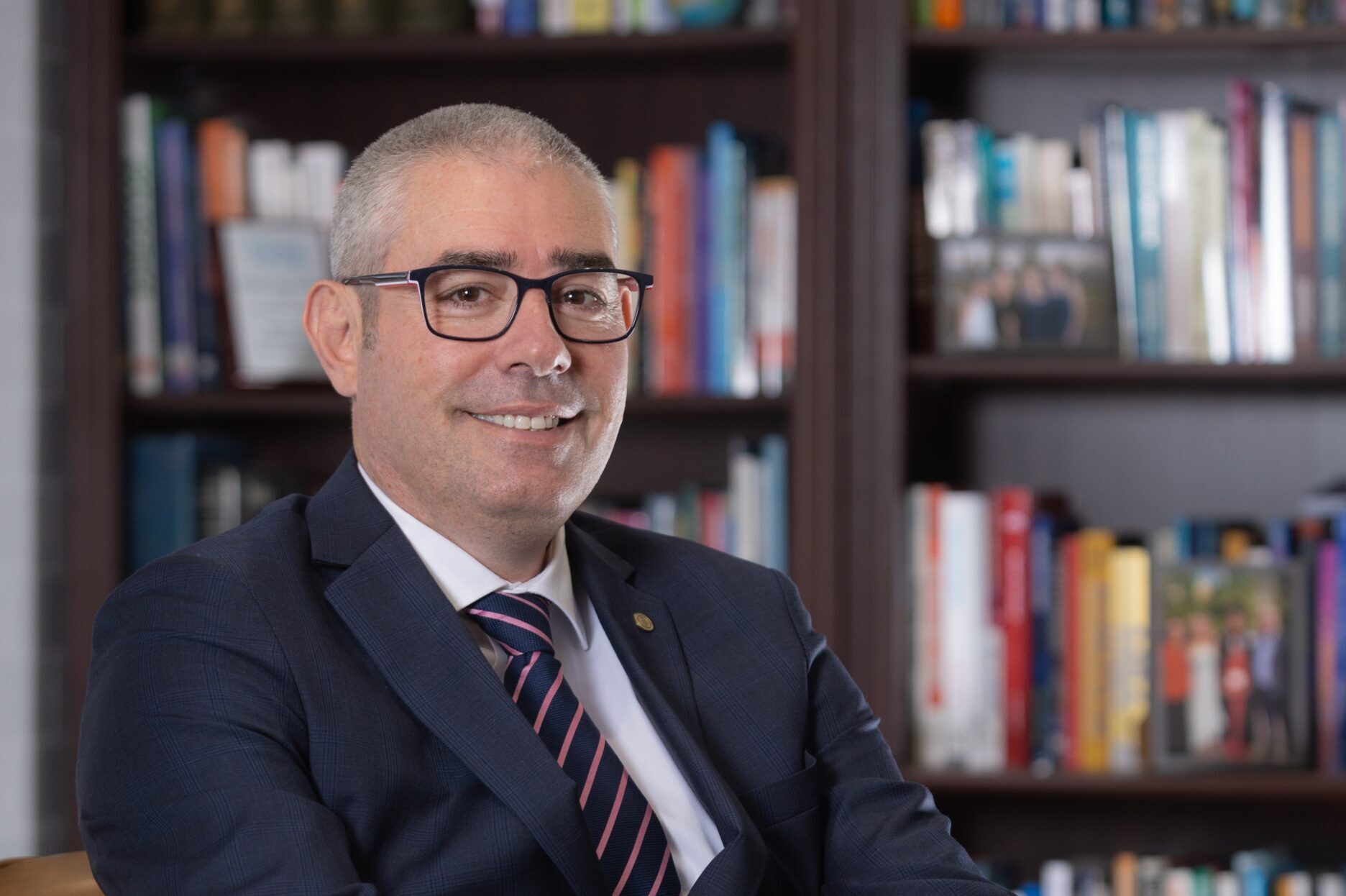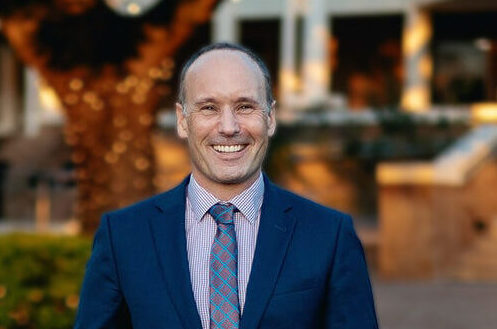“No one really knows how the game is played
The art of the trade
No one really knows how the parties get to “Yes”
We just assume that it happens
But no one else is in the room where it happens”
Lin-Manuel Miranda
To say that Hamilton, The Musical has taken the world by storm is an understatement.
With 11 x Tony®, a Grammy®, Olivier® & Pulitzer® prizes since its 2015 Broadway debut, Hamilton delivers a master class of theatrical genius. It’s colourful representation of life’s tragedies and universal truths remain as relevant today as the time in which it is set, during the formation of a nascent United States of America.
“The room where it happens” chronicles the experience of Aaron Burr, an unsuccessful candidate in the vice-presidential race at the time. Having yet again been gallingly left out of a ‘secretive’ luncheon between his three closest rival kingmakers, Burr bemoans his lot in playing second fiddle to Hamilton. Importantly, Burr recognizes the consequent impact of such: a diminished ability to influence decisions and shape the future (as he sees it).
Fast forward to today, some 250 years later, and we find ourselves living in a time of great paradox. This is an era characterized on the one hand by boundless possibilities; whilst on the other, as many problems of equal import. Greater choice brings greater complexity along for the ride.
Technological connectivity beyond our imagination; contrasted by growing social dislocation.
Enhanced capabilities and controls; negated by rising uncertainty and volatility.
Increased productivity and output; counteracted by declining retention and wellbeing.
Greater choice brings greater complexity. In an education sector that is constantly being stretched to achieve more from less, therein lies the challenge keenly felt by schools and the leaders within. It’s a reality that prompts core questions like when to lead, accompany or follow, who leads, what matters most, and increasingly, why lead?
Do you want to influence strategy and nurture culture by being in “the room where it happens”? Does being in “the room where it happens” mean having a voice at meetings where decisions are being made, or does it mean getting to interview for that next key role in your leadership journey?
If being in the room for you is having a voice at meetings where decisions are being made,
- How well do you support your colleagues? Do you empower them?
- Are you a collaborative leader?
- Do you commit to a shared vision, even when you might not agree with the decision?
- Do you have focus on resilience and wellbeing, not only your own, but of your colleagues?
If it is about getting to that interview for the next role,
- Is your CV/resume up to date, listing your accomplishments and showcasing your skills?
- When writing an application, do you take the time to analyse the requirements of the role and highlight your skills and experiences that align with the position?
- Does the cover letter articulate how you are aligned to the school’s mission and values?
- Does it make clear why you want the role and why the selection panel should want to meet you?
What are you doing to ensure that when it matters, you are in “the room where it happens”?
How are you positioning yourself to be in “the room where it happens”?
To what extent do you contribute to the educational conversations beyond your school’s fence? Are you an active member of professional bodies? Do you write articles for educational journals?
Do you have a coach, confidant or mentor? Who in your world is the person you speak to about your professional growth and or challenges?
Being in “the room where it happens” is as important today as it was 250 years ago. Laying the foundations that allow one to ‘be in the room’ is no less important.
About the author:
Chris Menagé is a Senior Education Consultant with Hutton Consulting Australia

Recent Posts
LEADREAD 3: Invisible labour: Principals’ emotional labour in volatile times

LEADREAD 2: Executive Functions Conceptual Framework and Relevance for Education

Leading and Learning: Insights from Principals

Leading & Learning: Insights from Principals

LEADREAD 1: Portrait of a Leader
